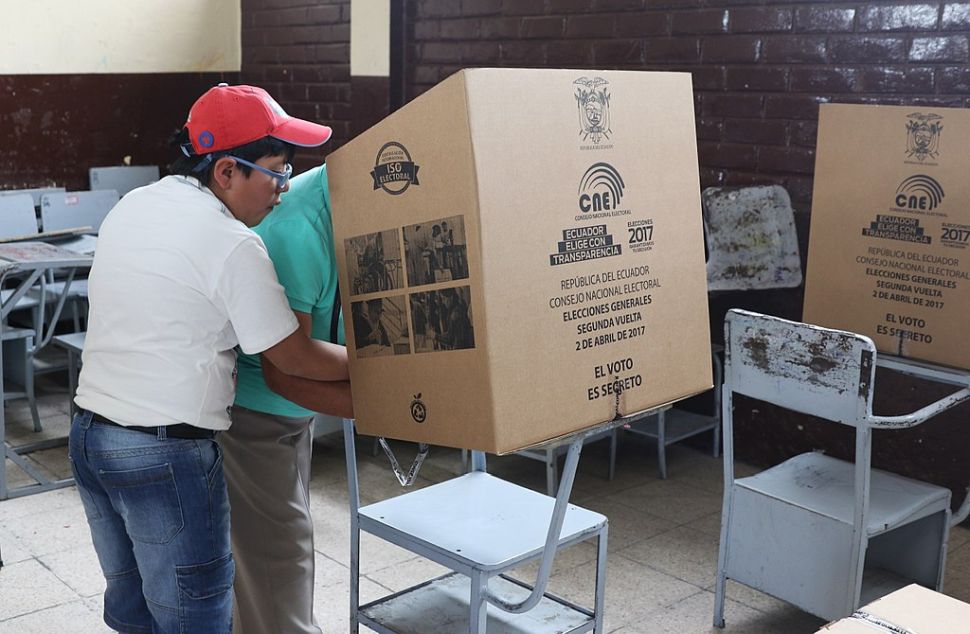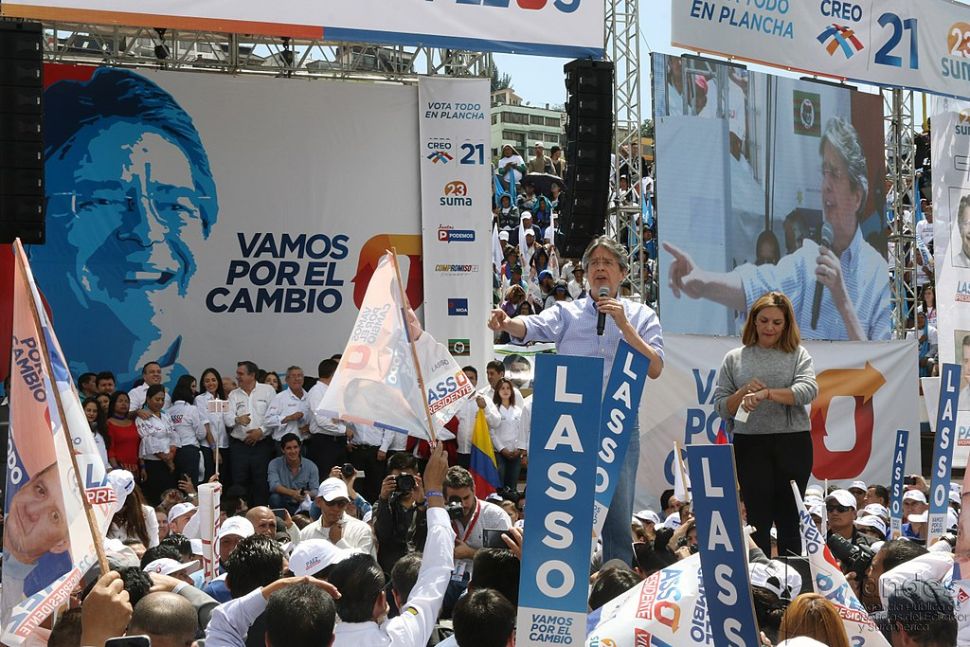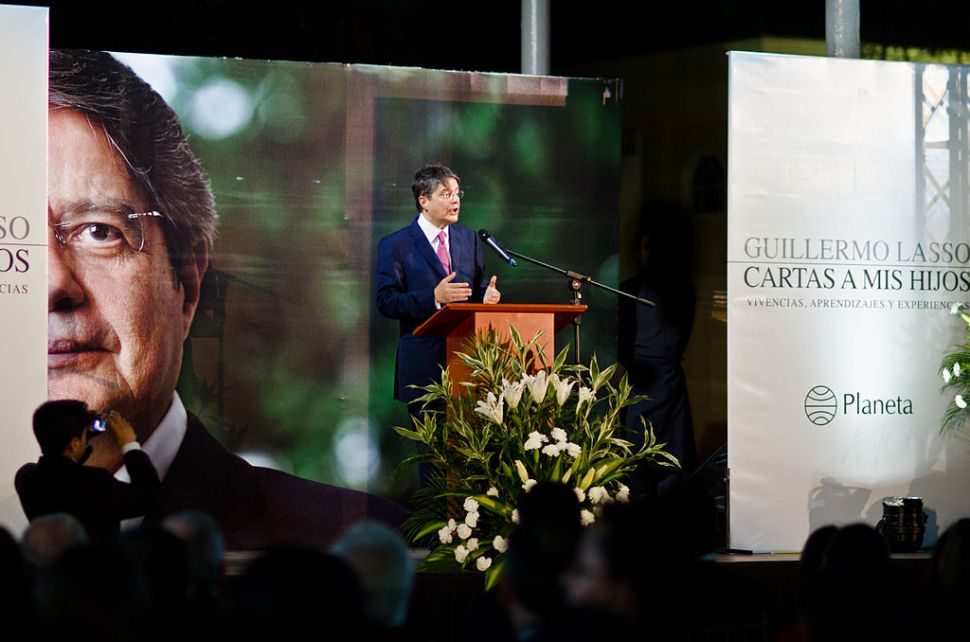
The Americas Blog seeks to present a more accurate perspective on economic and political developments in the Western Hemisphere than is often presented in the United States. It will provide information that is often ignored, buried, and sometimes misreported in the major U.S. media.
Spanish description lorem ipsum dolor sit amet, consectetur adipiscing elit. Nunc in arcu neque. Nulla at est euismod, tempor ligula vitae, luctus justo. Ut auctor mi at orci porta pellentesque. Nunc imperdiet sapien sed orci semper, finibus auctor tellus placerat. Nulla scelerisque feugiat turpis quis venenatis. Curabitur mollis diam eu urna efficitur lobortis.
• EcuadorEcuadorLatin America and the CaribbeanAmérica Latina y el CaribeWorldEl Mundo

• EcuadorEcuadorLatin America and the CaribbeanAmérica Latina y el CaribeWorldEl Mundo

• EcuadorEcuadorLatin America and the CaribbeanAmérica Latina y el CaribeWorldEl Mundo

After a year of zero growth over 2014, Brazil’s economy shrank nearly 6 percent in 2015, and another 3 percent over the first three quarters of 2016. Gross Domestic Product in the third quarter was only 0.7 percent greater than in the same period of 2010. Yet over those six years, the working-age population grew about 8 percent.
Domestic demand has collapsed. From its peak at the start of 2014, Brazilian demand for real goods and services has fallen nearly 11 percent, subtracting 4 percentage points annualized from real GDP growth.
For more, check out the latest Latin America Data Byte.
After a year of zero growth over 2014, Brazil’s economy shrank nearly 6 percent in 2015, and another 3 percent over the first three quarters of 2016. Gross Domestic Product in the third quarter was only 0.7 percent greater than in the same period of 2010. Yet over those six years, the working-age population grew about 8 percent.
Domestic demand has collapsed. From its peak at the start of 2014, Brazilian demand for real goods and services has fallen nearly 11 percent, subtracting 4 percentage points annualized from real GDP growth.
For more, check out the latest Latin America Data Byte.
We have published a response to Vanderbilt University’s Latin America Public Opinion Project, related to their report on USAID-funded anticrime and violence prevention programs in Central America.
We are responding to LAPOP’s critique of our report, “Have US-Funded CARSI Programs Reduced Crime and Violence in Central America?” that we released in September 2016. Our September report was an examination of the only publicly accessible impact assessment of USAID-funded anticrime and community-based violence prevention programs carried out under the umbrella of the US State Department’s Central American Regional Security Initiative (CARSI). LAPOP took issue with our illustration of certain methodological flaws in LAPOP’s study, as well as with the manner in which we presented our conclusions. LAPOP’s criticisms appear to be largely based on misunderstanding and misinterpretation of our arguments and fail to address our main findings. The problems with the LAPOP study that we identified still stand, as does the validity of our conclusion: LAPOP’s study cannot support the conclusion that intervention caused the areas subject to treatment in the CARSI programs to improve relative to those areas where no intervention took place.
You can find our response paper, just published, here.
We have published a response to Vanderbilt University’s Latin America Public Opinion Project, related to their report on USAID-funded anticrime and violence prevention programs in Central America.
We are responding to LAPOP’s critique of our report, “Have US-Funded CARSI Programs Reduced Crime and Violence in Central America?” that we released in September 2016. Our September report was an examination of the only publicly accessible impact assessment of USAID-funded anticrime and community-based violence prevention programs carried out under the umbrella of the US State Department’s Central American Regional Security Initiative (CARSI). LAPOP took issue with our illustration of certain methodological flaws in LAPOP’s study, as well as with the manner in which we presented our conclusions. LAPOP’s criticisms appear to be largely based on misunderstanding and misinterpretation of our arguments and fail to address our main findings. The problems with the LAPOP study that we identified still stand, as does the validity of our conclusion: LAPOP’s study cannot support the conclusion that intervention caused the areas subject to treatment in the CARSI programs to improve relative to those areas where no intervention took place.
You can find our response paper, just published, here.
